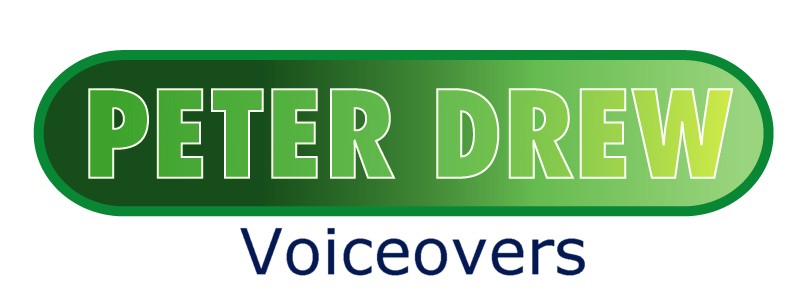|
Marking Scripts: Create Visual Cues
To Deliver Your Best VO Performance
By Peter Drew Voice Actor
©2009 Peter Drew
 You've booked your first voice-over session, a 60-second radio ad, at a local production house. You arrive in a positive frame of mind, relaxed, and ready to perform. You've booked your first voice-over session, a 60-second radio ad, at a local production house. You arrive in a positive frame of mind, relaxed, and ready to perform. After exchanging pleasantries with everyone involved with the session, the studio engineer hands you the copy. After reading through the script, determining your approach to the read, and consulting with the session's director(s), you're ready to nail the spot on the first take.
Sure, hitting a home run on your first at bat in front of the mic is possible, but by "woodshedding" - or marking up your copy first - you establish visual cues that will help you give the director and client your best voice-over performance.
For instance, indicate:
This creates a framework for a consistent performance, whether you nail the read on the first take or the tenth one.
MARK IT
So, what system of marks should you use to woodshed a piece of copy? Well, whatever works for you.
There is, though, a general set of marks used by many voice talents for this purpose:
Inflections. For indicating up and down inflections, use an angled arrow: an upward angled arrow over an up-inflected syllable or word, and a downward angled arrow over down-inflected syllables and words.
Stress. Underscore (underline) words that require additional stress. Put more than one underscore under a word or syllable to indicate even greater stress.
By the way, putting stress on a word doesn't always mean simply saying that word louder than the other words in the script. You can stress a word by simply raising the pitch of your voice, without necessarily saying that word louder. To really stress a word, combine extra loudness with higher pitch.
Pause. Pauses can be used for both pacing and effect, as well as for giving yourself a place to breathe. Use a slash to indicate pauses.
For a breathing point, use one small slash.
To indicate a pause for pacing, try one larger slash. A pregnant pause for effect can be indicated by multiple, two or more, slashes.
Attitude. If you need to indicate a change of attitude, whether subtle or broad, then you can use any visual cue that works for you. A letter in a circle representing the change, e.g. an "H" for happier, or a "C" for calmer, etc. Of course, you can simply write in the word that indicates the change where it happens.
|
|
|
Tell Us What YOU Think!
Please Note: Since we check for spam, there will be a slight delay in the actual posting of your comment.
Comments
No comments have been posted yet. Hurry, and you could be the first!
On Michael Langsner's Voice-Over Roadmap Podcast
With Sean Daeley and Paul Stefano - check it out!
Inspiring interviews help your VO career
Email alerts to new VoiceOverXtra articles
As of the NEW website launch, 03/22/2012

.gif)





.png)

click for new article alerts